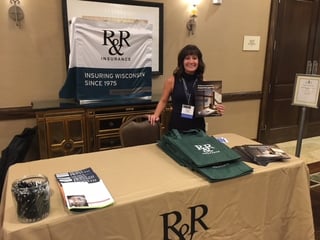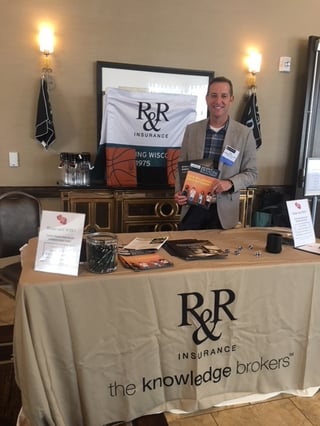 That Nigerian prince requesting bank account information may be easy email fraud to spot, but what if a spoofed email arrived looking exactly like your boss? Business Email Compromise (BEC) scams are misleading employees into diverting company payments to swindlers who are impersonating customers, vendors, or senior executives.
That Nigerian prince requesting bank account information may be easy email fraud to spot, but what if a spoofed email arrived looking exactly like your boss? Business Email Compromise (BEC) scams are misleading employees into diverting company payments to swindlers who are impersonating customers, vendors, or senior executives.
According to FBI statistics, $1.6 Billion was lost by US companies between October 2013 and December 2016. Common scenarios cited by the FBI include fraudulent correspondence through a compromised email from a vendor or client, attorney impersonation, and wire transfer requests from a spoofed or hacked CFO email address.
The Hanover Insurance Group created a piece “Stop Imposter Fraud scams before they happen”. It's an excellent read pertaining to BEC. I’ve condensed some of their ideas from seven to four tips.
1) Verify all changes to fund transfer payments over the phone.
Employees with the authority to transfer funds should not change vendor, client, or employee bank account information without first confirming the change with a phone call. This phone number must be previously established and not a number provided on a potentially fraudulent email.
2) Be suspicious of emails calling for a rush transfer.
An email crafted to pressure an employee into transferring funds hastily should be a red flag. Employees should be trained not to fall victim to intimidation that might cause them skip authentication procedures.
3) Limit the number of employees with wire transfer authority.
Fewer authorized personnel mean fewer targets for fraudsters. Supervisors should be required to sign off on changes to vendor or client/customer bank account information or internal/external wire transfers.
4) If a scam email has been detected consult IT.
Stop the bleeding lest others be scammed. If a fraudulent email is coming from someone internally, your network likely has been breached. Actions should to be taken to secure the companies network.
Most insurance policies will not cover a BEC scam. The willful parting of money is often excluded from the language of contracts and usually requires the insured to add false pretense coverage to an existing plan.
Prevention is the ideal solution to BEC scams. Once compromised though, your only lifeline is false pretense coverage which normally is an addition. Be sure you’ve talked to your agent about the proper Social Engineering coverage.
 Many employee benefits are subject to annual dollar limits that are periodically increased for inflation. The Internal Revenue Service (IRS) recently announced cost-of-living adjustments to the annual dollar limits for various welfare and retirement plan limits for 2018. Although some of the limits will remain the same, many of the limits will increase for 2018.
Many employee benefits are subject to annual dollar limits that are periodically increased for inflation. The Internal Revenue Service (IRS) recently announced cost-of-living adjustments to the annual dollar limits for various welfare and retirement plan limits for 2018. Although some of the limits will remain the same, many of the limits will increase for 2018.
 The Affordable Care Act (ACA) employer mandate applies to employers who fall into the Applicable Large Employer (ALE) classification outlined in the law. An applicable large employer is any company or organization that has an average of at least 50 full-time employees or full-time equivalents. For the purposes of the Affordable Care Act, a full-time employee is someone who works at least 30 hours a week.
The Affordable Care Act (ACA) employer mandate applies to employers who fall into the Applicable Large Employer (ALE) classification outlined in the law. An applicable large employer is any company or organization that has an average of at least 50 full-time employees or full-time equivalents. For the purposes of the Affordable Care Act, a full-time employee is someone who works at least 30 hours a week. Today's modern vehicles have electronics throughout; in the doors, under the seats, behind the dashboard, in the engine and even in the trunk. With so many electronics susceptible to flood-related failure, most cars that take on water cannot be be repaired.
Today's modern vehicles have electronics throughout; in the doors, under the seats, behind the dashboard, in the engine and even in the trunk. With so many electronics susceptible to flood-related failure, most cars that take on water cannot be be repaired. Last Saturday, the U.S. Senate passed their version of a tax reform bill, the Tax Cuts & Jobs Act. The bill is not yet finalized. While the Senate and the House have passed similar tax reform plans, negotiators from both chambers need to develop agreement on a single piece of legislation that both chambers must approve before it is sent to the President for his signature.
Last Saturday, the U.S. Senate passed their version of a tax reform bill, the Tax Cuts & Jobs Act. The bill is not yet finalized. While the Senate and the House have passed similar tax reform plans, negotiators from both chambers need to develop agreement on a single piece of legislation that both chambers must approve before it is sent to the President for his signature. Going on vacation or visiting in-laws for the holidays? Here are some great tips to “Home-Alone” proof your house that don't involve leaving a mischievous child to set-up traps and pranks to deter burglars.
Going on vacation or visiting in-laws for the holidays? Here are some great tips to “Home-Alone” proof your house that don't involve leaving a mischievous child to set-up traps and pranks to deter burglars. Every two years, the Wisconsin Worker’s Compensation Advisory Council (WCAC) negotiates a bill that goes off to the legislature for consideration. The WCAC, made up of 5 representatives from management and 5 representatives from labor, tries to come to agreement on a bill that makes modifications to the Worker’s Compensation Act. It has a long standing history in our State, with each side attempting to get changes that benefit those they represent.
Every two years, the Wisconsin Worker’s Compensation Advisory Council (WCAC) negotiates a bill that goes off to the legislature for consideration. The WCAC, made up of 5 representatives from management and 5 representatives from labor, tries to come to agreement on a bill that makes modifications to the Worker’s Compensation Act. It has a long standing history in our State, with each side attempting to get changes that benefit those they represent.




 That Nigerian prince requesting bank account information may be easy email fraud to spot, but what if a spoofed email arrived looking exactly like your boss? Business Email Compromise (BEC) scams are misleading employees into diverting company payments to swindlers who are impersonating customers, vendors, or senior executives.
That Nigerian prince requesting bank account information may be easy email fraud to spot, but what if a spoofed email arrived looking exactly like your boss? Business Email Compromise (BEC) scams are misleading employees into diverting company payments to swindlers who are impersonating customers, vendors, or senior executives. Each year National Cyber Security Awareness month is held in October. As such, many events are held around the country bringing together experts from government, industry and security to share information and enhance the dialogue around cyber risks.
Each year National Cyber Security Awareness month is held in October. As such, many events are held around the country bringing together experts from government, industry and security to share information and enhance the dialogue around cyber risks.